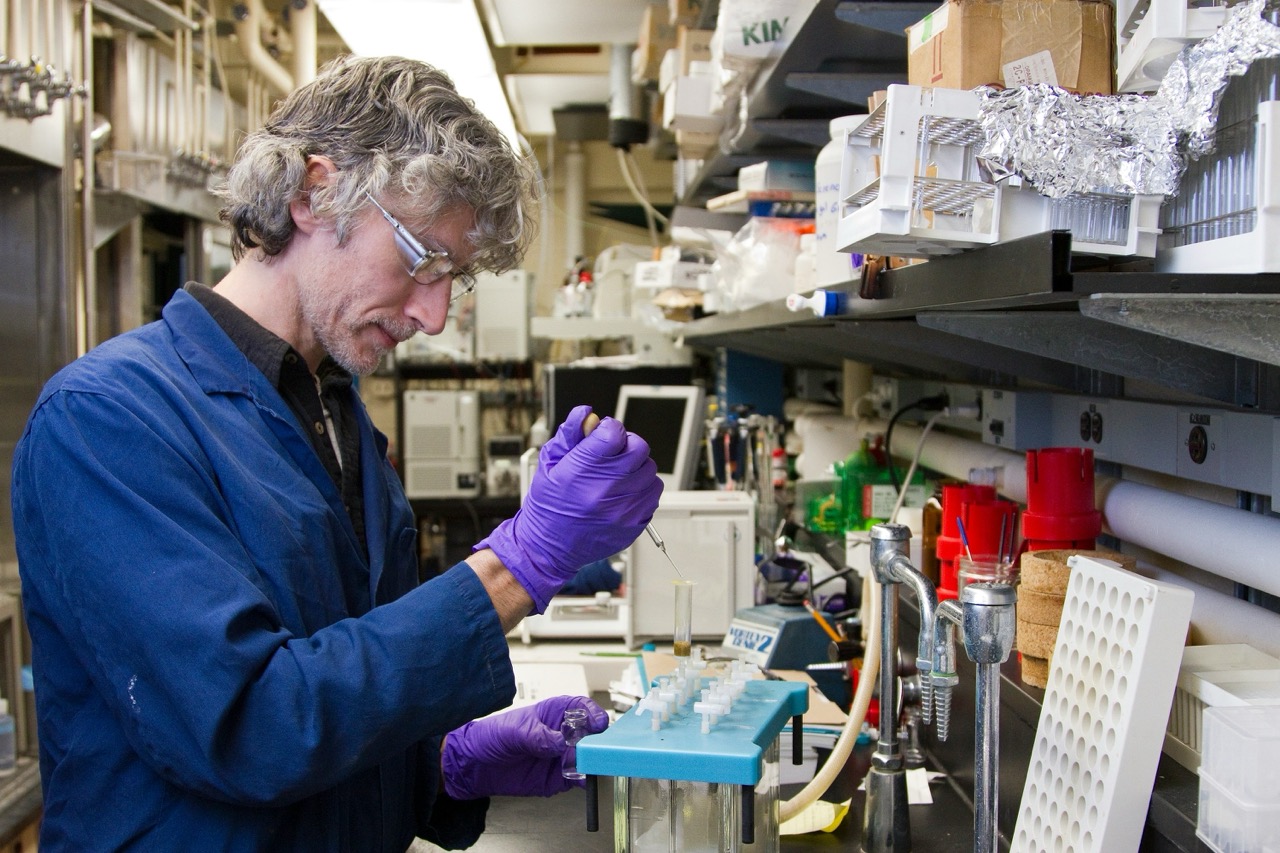Human Papillomavirus (HPV) is often thought of as an infection that primarily affects younger individuals, particularly those who are sexually active. However, the reality is that HPV can persist and pose health risks even in older adults. This article aims to elucidate the nature of HPV in mature populations, highlight the associated risks and complications, discuss preventative measures, and outline available treatment options. Understanding HPV’s impact is crucial for older adults to manage their health effectively.
Understanding HPV: A Common Virus in Older Adults
HPV is one of the most prevalent sexually transmitted infections globally, with over 200 types identified. While certain strains can lead to genital warts, others are linked to various cancers, including cervical, anal, and oropharyngeal cancers. Older adults, particularly those over the age of 50, may not perceive themselves at risk for HPV; however, transmission can occur later in life, especially in new sexual partnerships or among those with weakened immune systems.
The immune response to HPV tends to weaken with age, meaning older adults may experience a prolonged duration of infection. In many cases, HPV may remain dormant in the body for years before re-emerging. This delay in symptoms can lead to a lack of awareness about the infection, emphasizing the need for heightened vigilance regarding sexual health in older populations.
Moreover, studies have indicated that the incidence of HPV-related cancers has been increasing in older adults, particularly among men. This shift necessitates a greater understanding of HPV’s role in older age groups and the importance of regular health screenings to detect potential complications early.
Risks and Complications of HPV in Mature Populations
Older adults are at a higher risk for the complications associated with HPV due to various factors, including age-related immune decline. As a result, they may find it more difficult to clear the virus naturally, increasing the likelihood of persistent infections. Persistent HPV infections are a significant risk factor for developing HPV-related cancers, which can dramatically affect an individual’s quality of life.
Another concern is that older adults may have comorbidities, such as diabetes or cardiovascular disease, which can complicate the management of HPV-related health issues. For instance, the presence of these conditions can hinder the body’s ability to cope with infections and may complicate treatment options. Therefore, understanding one’s overall health status is essential when addressing HPV risks in older adults.
Furthermore, the stigma surrounding sexually transmitted infections can lead to delays in seeking medical assistance, exacerbating the potential complications that may arise from untreated HPV. Open conversations about sexual health and regular medical check-ups can help mitigate these risks and improve health outcomes.
Preventative Measures: Safeguarding Against HPV
Preventative measures against HPV are critical for older adults, even though they may have been exposed to the virus at some point in their lives. One of the primary methods of prevention is vaccination. The HPV vaccine is effective in preventing certain strains of the virus that are known to cause cancer. Current guidelines recommend vaccination for individuals up to age 45, making it relevant for younger older adults considering vaccination for enhanced protection.
In addition to vaccination, practicing safe sex remains a key strategy for reducing the risk of HPV transmission. This includes the use of condoms and dental dams, which can significantly lower the chances of HPV spread during sexual activity. Regular discussions with partners about sexual health can also promote healthier practices and encourage mutual understanding regarding HPV risks.
Screening is another vital preventative measure. For women, routine Pap smears and HPV tests can help detect abnormal changes in cervical cells early on, potentially preventing the development of cervical cancer. Similarly, older men should be aware of the signs of oropharyngeal and anal cancers, as regular check-ups can facilitate early detection and treatment.
Treatment Options: Managing HPV in Older Adults
While there is no cure for HPV, there are treatment options available to manage the symptoms and complications associated with the virus. For individuals with genital warts, topical treatments or procedures such as cryotherapy, laser therapy, or surgical removal may be recommended. These treatments can alleviate discomfort and reduce the visibility of warts, improving quality of life for affected individuals.
For HPV-related cancers, treatment approaches depend on the stage and type of cancer diagnosed. Options may include surgery, radiation therapy, or chemotherapy. It is essential for older adults diagnosed with HPV-related cancers to work closely with their healthcare providers to determine the most appropriate treatment plan, taking into account their overall health and personal preferences.
Moreover, ongoing monitoring and follow-up care are crucial for individuals with a history of HPV-related complications, as the risk for recurrence or new complications can remain. Regular check-ups and consultations with specialists can help manage symptoms and ensure that any potential issues are addressed promptly.
Understanding HPV in older adults is essential for fostering awareness, prevention, and proper management of the infection and its potential complications. The changing landscape of sexual health, along with advances in vaccination and treatment options, provides a foundation for improved health outcomes. By embracing open conversations about HPV and prioritizing regular health screenings, older adults can take proactive steps in safeguarding their well-being and enhancing their quality of life.










